-
Posts
3,680 -
Joined
-
Last visited
-
Days Won
9
Content Type
Profiles
Forums
Blogs
Gallery
Events
Store
Everything posted by hucks216
-
Hauptmann Herbert Maedge Erg.Gruppe (S) 1 Staffelkapitän 3.(Go)/Schleppgruppe 2 Kdr IV/Fallschirm.Ers.u.Ausb.Rgt 1
-
Not knowing Canadian areas etc I'm assuming Red Deer isn't far from you in which case that is another pointer that it belongs to you otherwise what would the odds be that a SB that you bought and which got lost in the mail has rocked up just down the road instead of somewhere like Toronto or Vancouver?
-
Generalmajor Erwin Max Clemens Heinrich Ernst Harry Vierow Born: 15 May 1890 Died: 01 Feb 1982 Highest rank reached: General der Infanterie Chef des Generalstabes XI.Armeekorps Kdr 96.Inf.Division Kdr 9.Inf.Division Kdr LV.Armeekorps Führer XX.Armeekorps Militärbefehlshaber Nordwest-Frankreich Kdr Generalkommandos Somme RK: 15 Nov 1941
-
Generalmajor Arno Ernst Max von Lenski Born: 20 Jul 1893 Died: 04 Oct 1986 Highest rank reached: Generalleutnant (Postwar - Generalmajor NVA) Kdr Aufkl.Abt 33 Ehrenrichter am Volksgerichtshof Berlin Kdr Kavallerieschule Krampnitz Führer 2.Schützen-Brigade Führer 11.Schützen-Brigade Kdr Schule für Schnelle Truppen Krampnitz Führer 2.Pz.Division Kdr 24.Pz.Division Captured at Stalingrad Nationalkomitee Freies Deutschland und Bund deutscher Offiziere DKiG: 21 Jan 1943
-
Generalmajor Walter Melzer Born: 07 Oct 1894 Died: 23 Jun 1961 Highest rank reached: General der Infanterie Kdr Inf.Rgt 151 Kdr Inf.Rgt 694 Kdr 252.Infanterie-Div Kdr XXIII.Armeekorps RK: 21 Aug 1941 EL: 23 Aug 1944 DKiG: 11 Feb 1943
-
Nice to see the photos and the citation together. Do you have anything else relating to that sailor (Schlummer)? If not here are some more details: Name: Willi Schlummer Date of Birth: 25th Oct 1913 in Obergrüne Died: 12th Oct 1945 in Indonesia Crew of 1937b Highest rank: Oberleutnant zur See (1st Jan 1943) Also served on: MS Bogota, Schiff 10 'Thor' The above information and some photos of him and his grave are here: Schlummer, Willi Update: Just seen your photo of your uncle's grave in Indonesia on another thread so you are obviously aware of his details.
-
I would say it is a good bet. Due to their locations a lot of the camps evacuated their inmates to places like Flossenburg and Mauthausen as the Allies pushed forward and as Flossenburg isn't that far from the Czech western border it isn't surprising to see so many from that camp represented. By looking at the others you can see where their careers took them - Simon Fischer for example served in Infanterie-Regiment 289 at the start of the war and in mid-1944 he was at Auschwitz-Birkenau and then ended up in Flossenburg.
-
That is some resource. There are plenty of SS Artillery related WP on the market that were stolen from the Czechoslovakian archives a few decades ago and there were quite a few other SS units based in the country so not surprising to see so many such examples although by the looks of it they are for KZ guards.
-
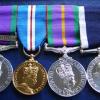
RAD Photo Album Research
hucks216 replied to GODISHIGH's topic in Germany: Third Reich: Research, Documentation & Photographs
I would say it's a slim chance, especially with such a common surname, if that is the only information available. -
Looks like he is wearing a wrapper in the photo so possibly panzer or panzerjäger which I would think rules out Der Führer and it does look like a LAH on the shoulder board. As for the action that saw him being wounded it may well prove impossible to tell. LSSAH were in Austria from April 1945 so it could of been any time from then onwards. Try contacting WASt and ask if they have his service record or hire a researcher to look through the SS enlisted men's files at NARA to see if his records are there (Series A3343)
-
It is possible, although far from certain, that the soldiers buried next to him just might be those who were with him when he died. At the Ysselsteyn cemetery in The Netherlands Generalmajor Friedrich Kussin is buried next to the two soldiers who were also in his car when they were ambushed by British paratroopers so there is a slim chance that this could be the same for Müller.
-
It would seem that 8th September 1944 wasn't a good day to be a Müller as loads were killed on that day with that surname! However, I might have found him in the Volksbund database as he holds the rank and is buried in Belgium: Major Ferdinand Müller Born: 7th October 1899 Died: 8th September 1944 Buried: Lommel Block 39, Grave 435
-

EK 1914 The EK 1914 group I want to see ....
hucks216 replied to Ed_Haynes's topic in Germany: All Eras: The Iron Cross
It doesn't work like that anymore I don't think. Photobucket now require a payment of $400 a year for people to host images to a website using Photobucket. -
I have often wondered how the death or injury of a soldier was reported along the chain of command all the way back to the family. From the moment a soldier was killed who was informed and how was it reported? There was a brief discussion about this on AHF and it seems that the first the family would know about someone being killed would be when they received a letter from the man's Company Commander - no priest or political representative turning up to inform them, no telegram from a central issuing authority that coordinated such things (think of the Mel Gibson film We Were Soldiers where the taxi driver delivers the telegrams) but the postman delivering a letter straight from the front. I suppose with the losses being sustained such local people couldn't be spared for the time it would take to get around to see everyone but I am surprised that there did't seem to be some sort of central authority in each district (Wehrkreis) responsible for breaking the news. Such Wehrkreis level units did perform admin tasks with regards to the deceased soldier whereby they would forward on the man's Wehrpass and any associated paperwork to the family but this could be weeks or months afterwards. So, can anyone shed any light on how the man's unit reported the death and the chain that information followed from Division upwards to whatever authority and then down the chain to the family? Loss lists for units do exist so the men were reported officially but to who, and then who did the next link in the chain report it to? This example for a Johann Merkle from Pionier-Kp 707 seems to show the report was passed to the Ersatz Unit in Ingolstadt but would it of been passed up to Korps level, then Army Group level for them to send back to the Ersatz unit or would it of bypassed them all and gone straight back to the home based depot? At the other, family, end the following items would seem to be the course of how they would receive news of the man's death and subsequent arrangements but a letter from the Company Commander being the first news just seems to bypass official channels, if such channels existed, although I have no doubt that it is how a lot of families found out about the death of a loved one. First, the letter from the Kompanie-Chef reporting the death.. This was then followed a whole 5 months later by the sending via the local Wehrmeldeamt of the man's Wehrpass to his family (so where did they get the authority from to know to do this?): This was followed by his Death Certificate and related paperwork 6 months after his death: And if possible the unit would send a photo of his field grave: For completeness, here is his entry in the Volksbund and a photo of his grave today.
-
Without a rank, name and what service he was in I think this might be impossible to find out. The name in the bottom corner may be the person who drew it and not the person the picture is of. But even if the name shown is the man in the picture he might just of been one of the many thousands of unknown troops who served and left no footprint in history outside of their families. However, there is a Karl Wrobel listed in the Volksbund as dying in a Russian PoW camp in 1947. The dates on the reverse of the portrait might just relate to the spell in a particular camp before he was moved elsewhere. These are the details for that man: Nachname: Wrobel Vorname: Karl Dienstgrad: Volkssturmmann Geburtsdatum: 06.06.1908 Geburtsort:Forellengrund Todes-/Vermisstendatum: 27.08.1947 Todes-/Vermisstenort: In d. Kgf. in Wysokij Karl Wrobel ist vermutlich als unbekannter Soldat auf die Kriegsgräberstätte Charkow überführt worden. Grablage: wahrscheinlich unter den Unbekannten
-
Hauptmann Helmuth Schwing Born: 23 May 1908 Died: 21 Apr 1992 Highest rank reached: Oberstleutnant. Served in Bundeswehr until 1964. Chef 3./Pi.Btl 62 Chef 2./Pi.Btl 62 Kdr Sturm-Pi.Btl 43 Pi.Btl Grossdeutschland Ub.Kdo Heeresgruppe A Kdr Pz.Pi.Btl 39 OKH Sonderstab III RK: 30 Dec 1943



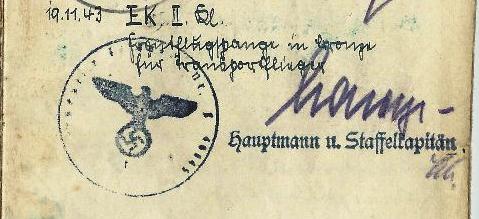
.jpg.c3043ff0794432c38e4efd66a7e71ed4.jpg)
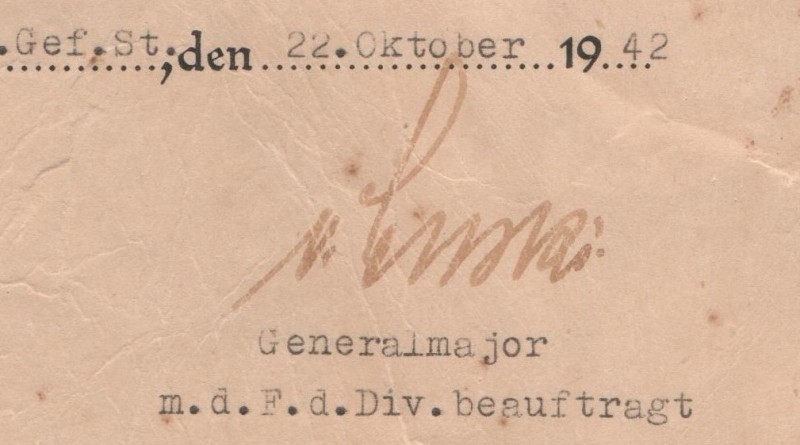
.jpg.eeabcef19b6ff38c183add344707e71d.jpg)
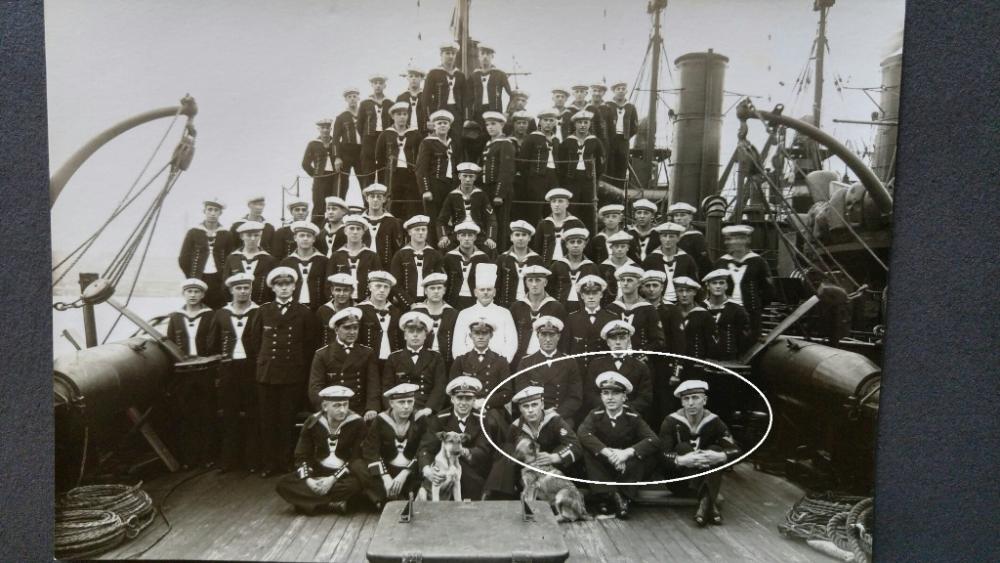
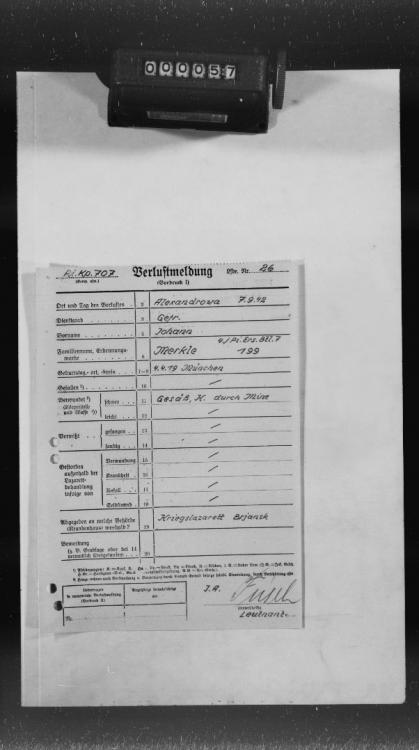
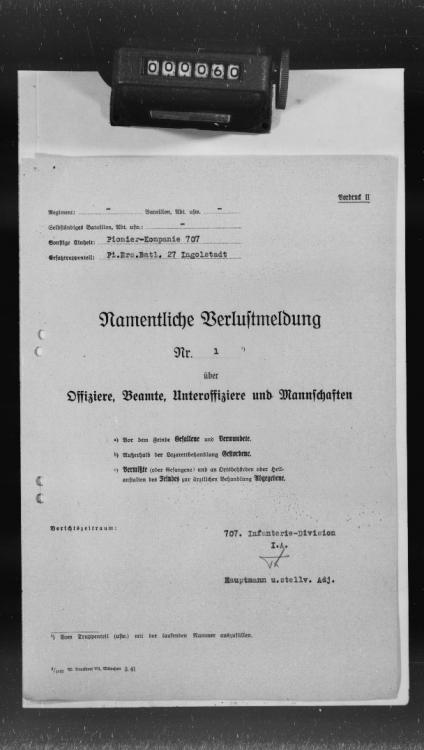
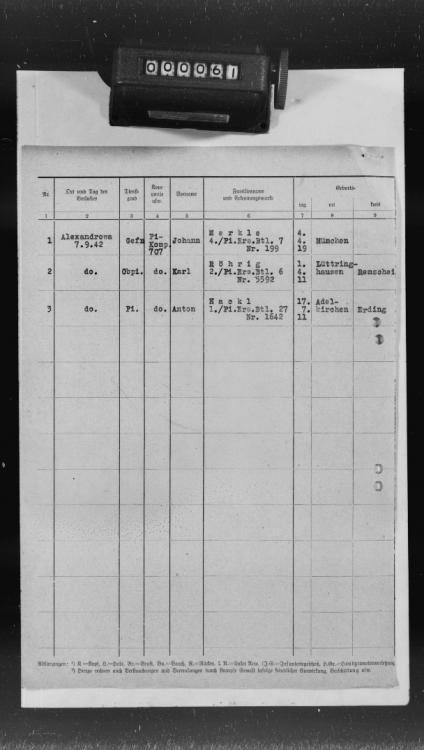
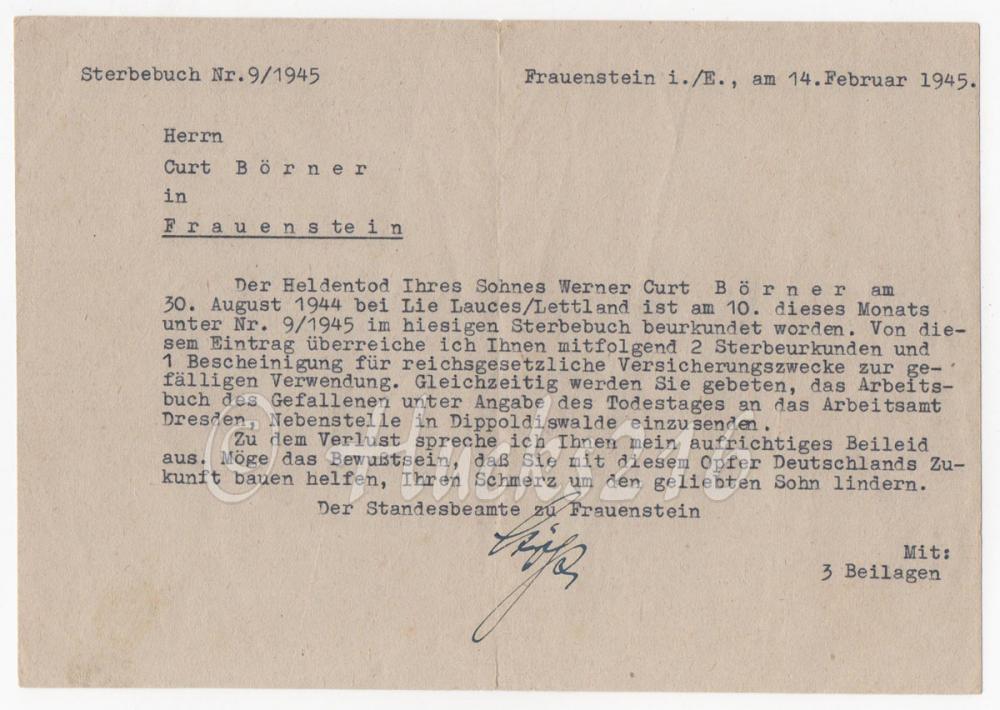
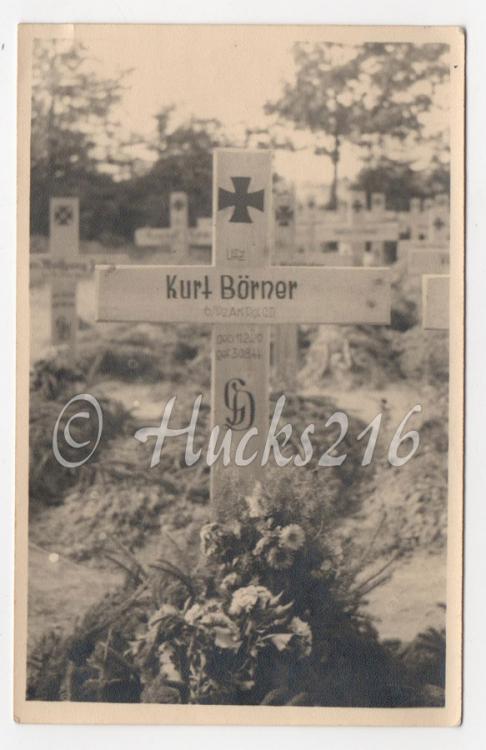
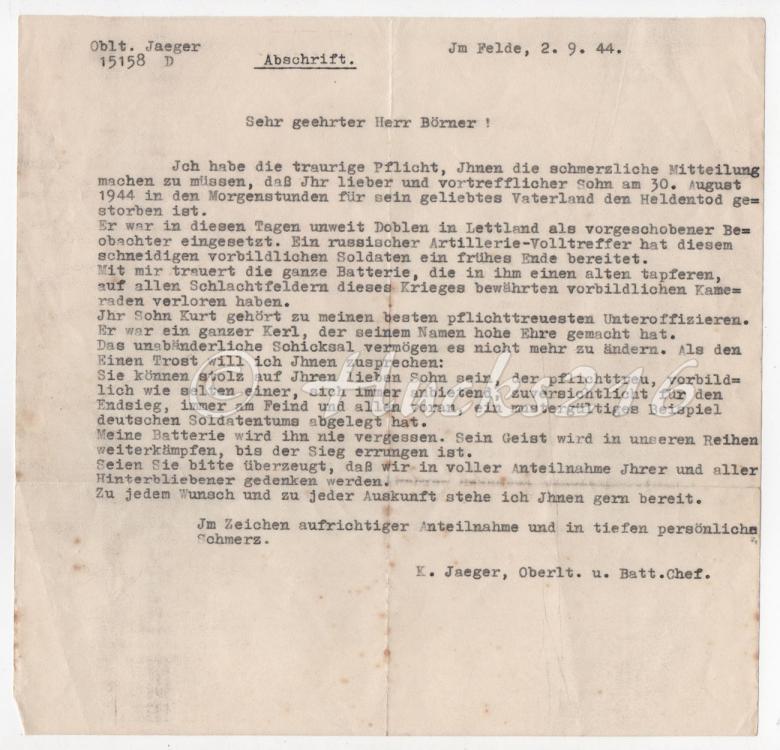
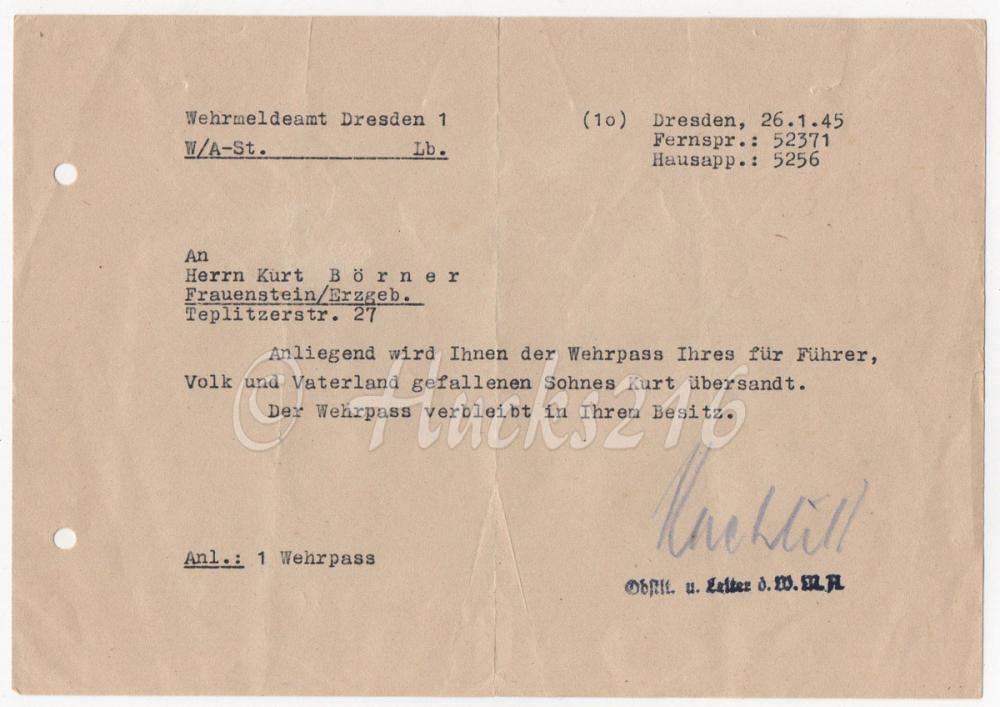
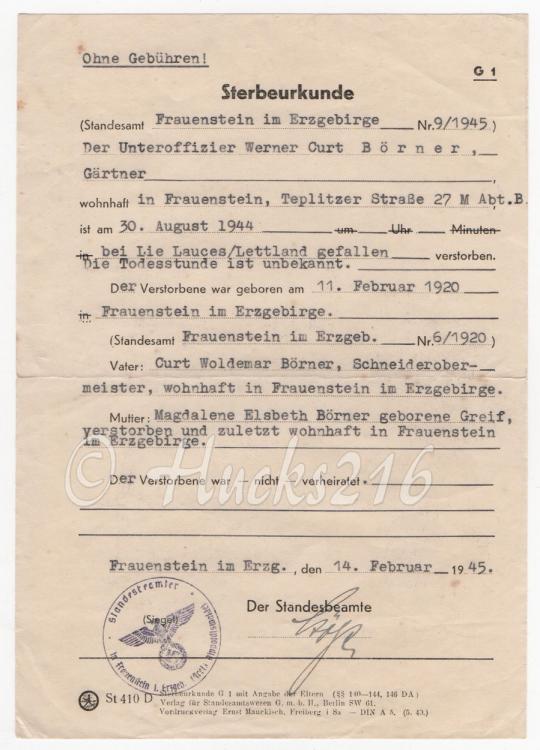
.jpg.a3bab56a836bc02f4d56f0ce579a0cc8.jpg)
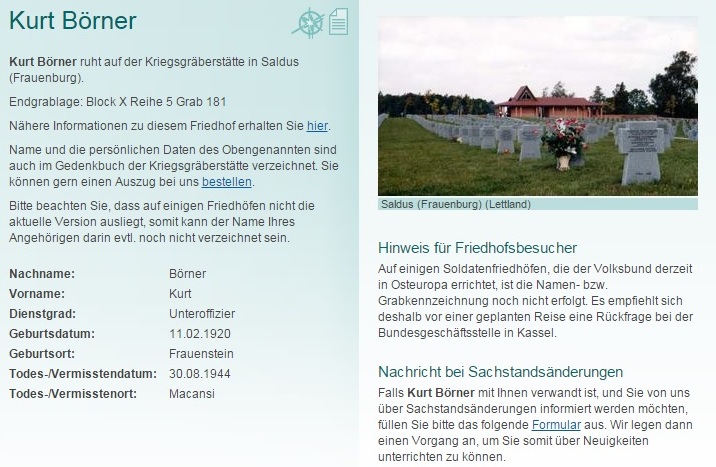
.jpg.b86b8822cebc4597f05352f4663cee77.jpg)